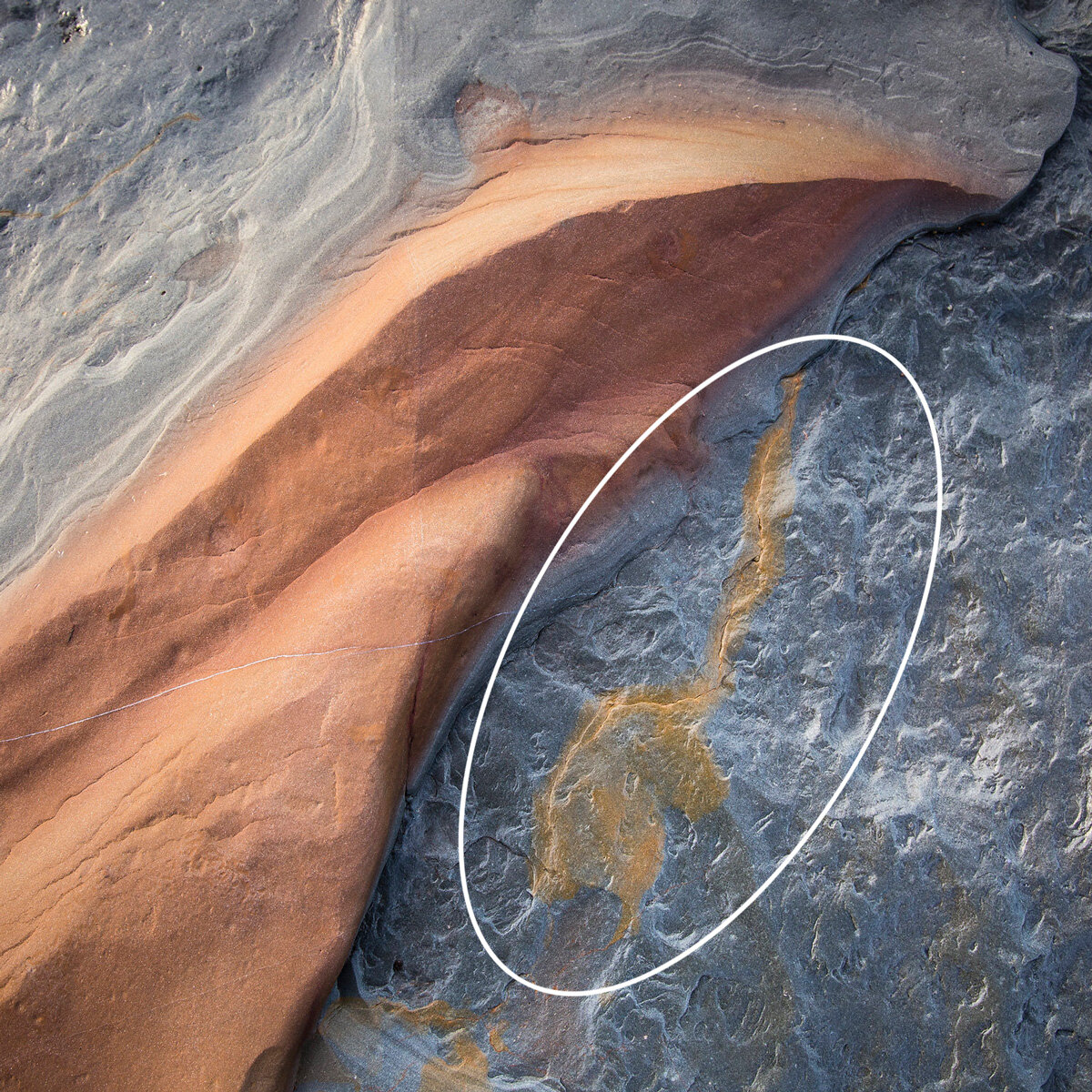How often have you looked up and seen a face or shape in a passing cloud? Or perhaps done a double-take of a strangely familiar looking rock or the rather human looking twist and stance of a ‘dancing’ tree perhaps? Seeing shapes and human forms in the natural world is a fairly common experience, but how much of that can be consciously controlled or sought out? And what does it say about our connections to the natural world?
Ridgeline ‘Face’
Can you spot the face? The Ridgeline runs down the middle of the shadow and light, highlighting the nose with the eye off to the right catching the late afternoon light…
I recently posted this image from my ‘Aotearoa’ series to Instagram and was delighted when someone commented that they could see a face (can you see it in the Ridgeline? Once you see it, you can’t ‘un-see’ it!) Although I didn’t mention it in the post in this instance, I had spotted the face as well but not at the time of capture, that is to say not consciously at least.
Often I will be reviewing images and certain similarities to human forms will leap out at me, as in this instance. Had the face registered with my sub-conscious in the infinitesimal time our brain reacts to such obvious similarities? After all what we are seeing is shapes that mimic something so ingrained in our visual recognition systems (the layout of a face) that all sorts of things could be happening in the grey matter!
There are times I edit and curate the images, share them and someone pops up with something I simply hadn't seen. So what is this down to and what’s causing us to consciously or sub-consciously be aware of these similarities?
Pareidolia is the name of this phenomenon, or certainly of seeing faces in objects. There are all sorts of resources on the web about this and people far more qualified than I to discuss it. But, for the purposes of photography what’s interesting is whether we can actively seek these out, or whether it’s happening in our sub-conscious and only sometimes revealing itself later.
MESOZOIC ‘FACE’
After months of visiting the same location, on the very last morning this Reptile-like head leapt out at me from the rock below my feet.
The image above (from my MESOZOIC series) was actually the last image shot in the whole series. The images had been made in a very small area of a local beach over multiple visits. All the while I had this story about pre-history, evolution and the time of dinosaurs rumbling around my head. Then, on the very final day and on the way to packing up I just tilted my head and spotted this unmistakable reptilian head in the rock.
There’s no doubt in my mind that because that subject matter was already rooted in my mind I was ‘able’ to decode this shape and pattern into a form that my brain recognised immediately. Had I not been in the throws of that project I’m sure there’s no way it would have leapt out at me.
Alternative ways of seeing and creating imagery in the landscape to evoke similarities or anthropomorphic qualities is nothing new to photography. Both Alfred Stieglitz and Minor White wrote at length about “equivalence”. That is to say, instead of simply depicting the objective and known landscape in a documentary fashion, artists can play visually with non-human subjects (such as clouds, rocks, trees) to show human characteristics or analogies for actions and shapes we understand in the human world. Stuart Franklin writes about this far more coherently than I do in his books ‘Narcissus’ and ‘Analogies’ (Hatje Cantz Publishing) which I would strongly recommend you check out if you’re not familiar with them.
DIPLODOCUS
Even after months of shooting the work, editing it, curating it and printing it, I had never spotted this Diplodocus shape in the rock.
In the final example above I’ve circled the hidden subject just to help. And, I must admit this is one I hadn’t spotted, which is wonderful! Whilst giving a talk about this body of work someone in the audience pointed out that they saw a Diplodocus in the pattern on the rock. I’d been looking at this work on and off for 2 years, had shot it, edited it, curated it, made a book out of it and never spotted that at all! For me the image was based around that curved ‘wave’ of rock which I linked to the sea and water themes throughout the collection. I was in a sense blinded by my own obsession with that ‘wave’ that I couldn’t see what was right in front of me.
So, a couple of thoughts to end on:
1) I don’t think it’s possible to always go seeking out these shapes or similarities per se. It would be very easy to create a rather contrived body of work if you force it. Rather it often comes from a deeper and more long-term connection with a particular landscape that you grow to know more intimately. Visiting, re-visiting, recognising the changes and subtle differences through the seasons and of shape and form. Without being too much of a hippy about it, I suspect these things sometimes need to come to you when you are in a receptive frame of mind rather than being sought out.
2) Perhaps it’s good to remember that everyone brings their own eyes, thoughts, fears, hopes and visual baggage to each image. I personally think it’s great when viewers pull something different out that even the creator hasn’t spotted. After all, for every smell, taste or feeling we all experience as humans each is 100% unique to ourselves, and I think that’s rather splendid.



